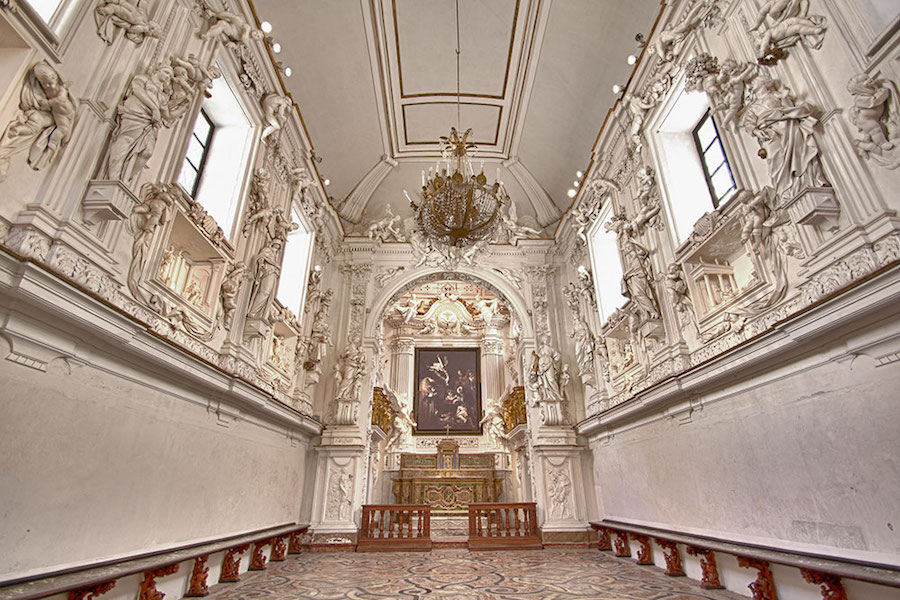Italian sculptor Giacomo Serpotta was born 10 March 1652 in Palermo to a family of sculptors and stucco workers. Serpotta is credited to have lifted stucco work, a minor form of decoration, to art. His fame soon spread from southern Italy to Germany, where it proved highly influential to German artists of the Rococo period.
According to his main biographer Filippo Meli, Giacomo Serpotta never left Sicily. This would explain why the sculptor is often referred to as a “meteor in the Sicilian sky”. However, his first works – in particular the equestrian statue of Charles II (now lost) and the Ecstasy of Santa Monica – show a clear influence of the Roman Baroque art. Although the trip is not documented, Giacomo may have visited Rome.
In Palermo, Giacomo established a studio specializing in stucco work, together with his brother Giuseppe and his son Procopio. They decorated the oratories of San Lorenzo, San Zita, and Rosario di San Domenico, as well as the Palermo hospital chapel, the Archbishop’s Palace in Santa Chiara, and the Badia Nuova at Alamo. Serpotta died on 27 February 1732 in Palermo.
Oratory of San Lorenzo, Palermo, 1690/98–1706.
Oratory of San Zita, Palermo, 1668–1718.
Detail from the Oratory of San Zita, Palermo, 1668–1718. Photo credit: Per-Erik Skramstad / Wonders of Sicily
Oratory of Rosario di San Domenico, Palermo, 1710–17.




